13992-25-1
| Name | 1-AZIDO-2,3,4,6-TETRA-O-ACETYL-β-D-GLUCOSE |
|---|---|
| Synonyms |
2,3,4,6-Tetra-O-acetyl-b-D-glucopyranosylazide
2,3,4,6-TETRA-O-ACETYL-SS-D-GLUCOPYRANOSYL AZIDE MFCD00216966 2,3,4,6-Tetra-O-acetyl-D-glucopyranosyl azide 1-AZIDO-2,3,4,6-TETRA-O-ACETYL-B-D-GLUCOSE acetic acid 3,4,5-triacetoxy-6-azido-tetrahydro-pyran-2-ylmethyl ester 1-Azido-2,3,4,6-tetra-O-acetyl-D-glucose 1-AZIDO-2,3,4,6-TETRA-O-ACETYL-SS-D-GLUCOSE |
| Description | 2,3,4,6-Tetra-O-acetyl-β-D-galactopyranosyl Azide is a biochemical reagent that can be used as a biological material or organic compound for life science related research. |
|---|---|
| Related Catalog |
| Melting Point | 127-131 °C(lit.) |
|---|---|
| Molecular Formula | C14H19N3O9 |
| Molecular Weight | 373.31500 |
| Exact Mass | 373.11200 |
| PSA | 164.18000 |
| Storage condition | 2-8℃ |
Synonym: Section 2 - COMPOSITION, INFORMATION ON INGREDIENTS
Risk Phrases: None Listed. Section 3 - HAZARDS IDENTIFICATION EMERGENCY OVERVIEW
The toxicological properties of this material have not been fully investigated.Light sensitive. Potential Health Effects Eye: May cause eye irritation. Skin: May cause skin irritation. Ingestion: The toxicological properties of this substance have not been fully investigated. Inhalation: May cause respiratory tract irritation. The toxicological properties of this substance have not been fully investigated. Chronic: No information found. Section 4 - FIRST AID MEASURES Eyes: Flush eyes with plenty of water for at least 15 minutes, occasionally lifting the upper and lower eyelids. Get medical aid. Skin: Flush skin with plenty of water for at least 15 minutes while removing contaminated clothing and shoes. Get medical aid if irritation develops or persists. Ingestion: If victim is conscious and alert, give 2-4 cupfuls of milk or water. Never give anything by mouth to an unconscious person. Get medical aid. Inhalation: Remove from exposure and move to fresh air immediately. If not breathing, give artificial respiration. If breathing is difficult, give oxygen. Get medical aid. Notes to Physician: Section 5 - FIRE FIGHTING MEASURES General Information: As in any fire, wear a self-contained breathing apparatus in pressure-demand, MSHA/NIOSH (approved or equivalent), and full protective gear. Extinguishing Media: Use water spray, dry chemical, carbon dioxide, or chemical foam. Section 6 - ACCIDENTAL RELEASE MEASURES General Information: Use proper personal protective equipment as indicated in Section 8. Spills/Leaks: Vacuum or sweep up material and place into a suitable disposal container. Section 7 - HANDLING and STORAGE Handling: Wash thoroughly after handling. Use with adequate ventilation. Avoid breathing dust, vapor, mist, or gas. Avoid contact with skin and eyes. Storage: Store in a cool, dry place. Store in a tightly closed container. Keep under a nitrogen blanket. Section 8 - EXPOSURE CONTROLS, PERSONAL PROTECTION Engineering Controls: Use adequate ventilation to keep airborne concentrations low. Exposure Limits CAS# 13992-25-1: Personal Protective Equipment Eyes: Wear appropriate protective eyeglasses or chemical safety goggles as described by OSHA's eye and face protection regulations in 29 CFR 1910.133 or European Standard EN166. Skin: Wear appropriate protective gloves to prevent skin exposure. Clothing: Wear appropriate protective clothing to prevent skin exposure. Respirators: Follow the OSHA respirator regulations found in 29 CFR 1910.134 or European Standard EN 149. Use a NIOSH/MSHA or European Standard EN 149 approved respirator if exposure limits are exceeded or if irritation or other symptoms are experienced. Section 9 - PHYSICAL AND CHEMICAL PROPERTIES Physical State: Solid Color: beige Odor: None reported. pH: Not available. Vapor Pressure: Not available. Viscosity: Not available. Boiling Point: Not available. Freezing/Melting Point: 129 - 130 deg C Autoignition Temperature: Not available. Flash Point: Not available. Explosion Limits, lower: Not available. Explosion Limits, upper: Not available. Decomposition Temperature: Solubility in water: Specific Gravity/Density: Molecular Formula: C14H19N3O9 Molecular Weight: 373.32 Section 10 - STABILITY AND REACTIVITY Chemical Stability: Not available. Conditions to Avoid: Incompatible materials. Incompatibilities with Other Materials: Oxidizing materials. Hazardous Decomposition Products: Carbon monoxide, oxides of nitrogen, carbon dioxide. Hazardous Polymerization: Has not been reported. Section 11 - TOXICOLOGICAL INFORMATION RTECS#: CAS# 13992-25-1 unlisted. LD50/LC50: Not available. Carcinogenicity: 2,3,4,6-TETRA-O-ACETYL-BETHA-D-GLUCOPYRANOSYL AZIDE - Not listed by ACGIH, IARC, or NTP. Section 12 - ECOLOGICAL INFORMATION Section 13 - DISPOSAL CONSIDERATIONS Dispose of in a manner consistent with federal, state, and local regulations. Section 14 - TRANSPORT INFORMATION IATA Not regulated as a hazardous material. IMO Not regulated as a hazardous material. RID/ADR Not regulated as a hazardous material. Section 15 - REGULATORY INFORMATION European/International Regulations European Labeling in Accordance with EC Directives Hazard Symbols: Not available. Risk Phrases: Safety Phrases: S 24/25 Avoid contact with skin and eyes. WGK (Water Danger/Protection) CAS# 13992-25-1: No information available. Canada None of the chemicals in this product are listed on the DSL/NDSL list. CAS# 13992-25-1 is not listed on Canada's Ingredient Disclosure List. US FEDERAL TSCA CAS# 13992-25-1 is not listed on the TSCA inventory. It is for research and development use only. SECTION 16 - ADDITIONAL INFORMATION N/A |
| Personal Protective Equipment | Eyeshields;Gloves;type N95 (US);type P1 (EN143) respirator filter |
|---|---|
| Hazard Codes | Xi: Irritant; |
| Risk Phrases | R2 |
| Safety Phrases | S22-S24/25 |
| RIDADR | 1325 |
| WGK Germany | 3 |
| Precursor 10 | |
|---|---|
| DownStream 7 | |
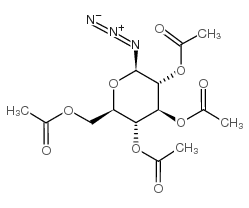
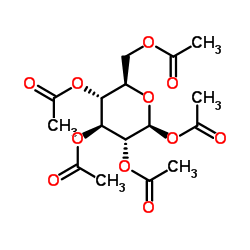
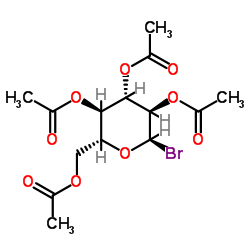

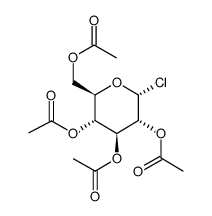
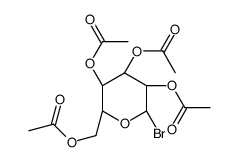

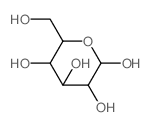

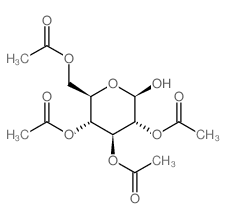


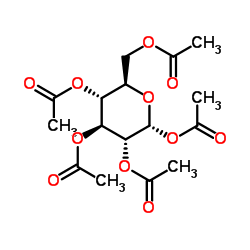
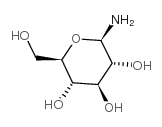


![ethyl 2-[(4-phenyl-5-thiophen-2-yl-1,2,4-triazol-3-yl)sulfanyl]acetate structure](https://image.chemsrc.com/caspic/322/6067-21-6.png)